Introduction
Yes, dogs can eat vanilla ice cream – but only in tiny portions and on extremely rare occasions. Also, when serving vanilla ice cream to dogs, pet owners need to check the ingredients and make sure they are dog-friendly.
Vanilla ice cream is definitely tasty for dogs and soothes their sweet cravings. On the downside, ice cream, in general, does not rank high on the dog food pyramid and must not be overused. Vanilla ice cream is a rare treat for dogs.
Why is Vanilla Ice Cream Good for Dogs?
Vanilla ice cream is sweet – flavor dogs love and crave. Indulging the dog’s taste preferences adds variety to the menu and will make the dog happy. Let’s take a closer look at the reasons vanilla ice cream is good for dogs.
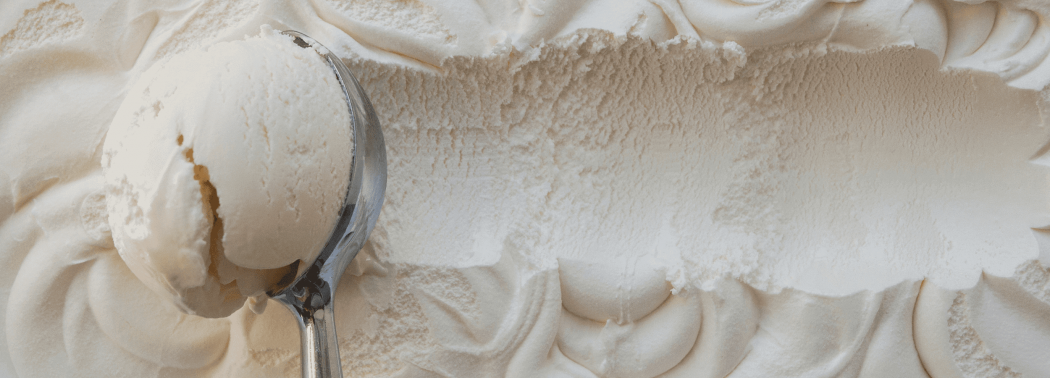
Menu Variety
While some dogs are voracious eaters, others have fussy or picky appetites. Dogs with picky appetites are prone to food boredom and could benefit from adding new foods to the menu. Vanilla ice cream makes an excellent choice for dogs that need their menus updated.
Pill Pocket Alternative
Giving medications to dogs can be a nightmare. Instead of using a pill pocket, you can crush the medication into a small spoonful of vanilla ice cream. Your dog will be delighted by the treat and consume the medication without realizing it.
Typical Comfort Food
Vanilla ice cream, or better said, ice cream in general, is typical comfort food – it makes people (and dogs) feel good when eating. So, if you want to indulge your dog, you can give it a few vanilla ice cream licks.
Can Vanilla Ice Cream be Bad for Dogs?
Yes, vanilla ice cream can be bad for dogs – if given daily, in large portions, or even prepared using troublesome ingredients. In fact, dog owners need to be extra careful not to misuse vanilla ice creams.
Therefore, before using vanilla ice cream as a dog snack, there are certain risks that need to be considered. Here are the reasons vanilla ice cream can be bad for dogs.
Empty Calories
Ice cream is the perfect example of an empty-calorie food, and the vanilla flavor is no exception. Namely, vanilla ice cream adds calories to the dog’s menu without contributing to real nutrients and health benefits.
Too Many Sugars
Vanilla ice cream is loaded with sugars. Dogs are not very good at processing high-sugar foods, and excess consumption can lead to an array of health issues and increased risk of certain conditions.
Diabetes Risk
Dogs with pre-existing diabetes should not be offered vanilla ice cream or any other high-sugar food. Also, in healthy dogs, frequent consumption of vanilla ice cream may increase the risk of developing diabetes.
Weight Gain and Obesity
Prolonged and frequent consumption of vanilla ice cream can add extra pounds to the dog’s body weight. Increased body weight is linked with several issues such as heart problems, arthritis, and certain types of cancer.
Lactose Intolerance
As dog owners, you are well aware that adult dogs are lactose intolerant. Since most vanilla ice creams are made with milk, they can wreak havoc on the dog’s stomach and trigger digestive upsets – vomiting, diarrhea, bloating, gassiness, and abdominal cramping.
Xylitol Poisoning
Instead of using regular sugar, some vanilla ice cream recipes feature alternatives such as xylitol – an artificial sweetener that is toxic to dogs. Xylitol poisoning is a life-threatening situation that requires immediate veterinary attention. If left untreated, the outcome can be fatal.
How Much Vanilla Ice Cream Can my Dog Eat?
Vanilla ice cream is considered a rare treat for dogs meaning it should be fed on special occasions and in very small amounts. The 10% rule applies, but it is best to keep to vanilla ice cream intake in less than this percentage.
In more practical terms, a medium-sized dog is allowed to eat one small ice cream scoop once or twice a month. Large dogs can eat more, and small dogs should be served smaller portions. It goes without saying that diabetic dogs must not be given ice cream.
Also, if your dog has never tasted vanilla ice cream before, you should start with a smaller portion. If its tummy handles the new food well, you can increase the portion size for the next time. For puppies, it is inadvisable to serve vanilla or any other type of ice cream.
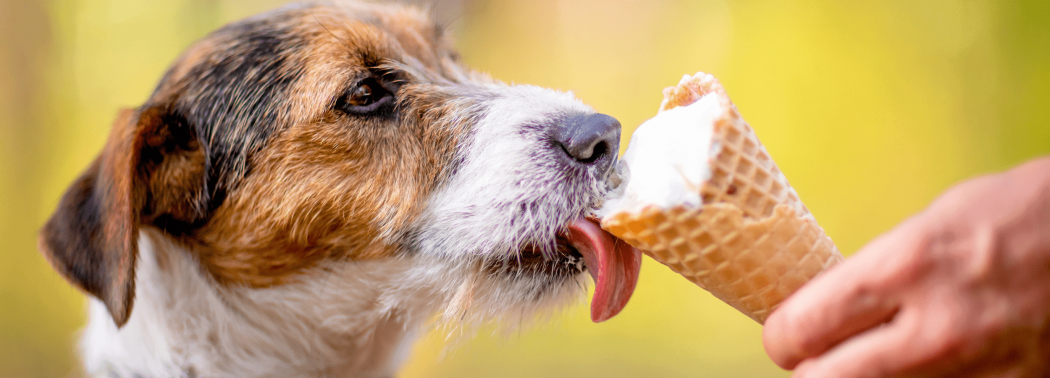
How to Prepare and Serve Vanilla Ice Cream for Your Dog?
If planning to feed your dog vanilla ice cream, it is best advised to prepare the recipe at home, from scratch, using dog-friendly ingredients. Alternatively, you can use a commercially available vanilla ice cream but double-check the ingredients.
Making the vanilla ice cream at home gives you the option to choose the ingredients based on your dog’s individual needs. For example, if your dog is lactose intolerant, you can use oat milk or other plant-based milk substitutes.
The vanilla ice cream needs to be kept in an air-tight container in the freezer. Before serving, we suggest letting it thaw for several minutes to avoid an uncomfortable brain freeze. Also, be mindful about how much you give and follow the feeding guidelines.
Summary
With everything being said, we can assume that vanilla ice cream classifies as a rare treat for dogs. However, even in such cases, there are several things that need to be considered – ice cream ingredients, serving size, and frequency.
And just because you can give your dog vanilla ice cream, it does not mean that you should. Namely, there are far better (healthier and safer) snack options for dogs – some homemade and others store-bought.
Sources
- Xylitol toxicity in dogs, Christopher M Piscitelli, Eric K Dunayer, Marcel Aumann, 2010
- Can Dogs Drink Milk?, Anna Burke, 2018
- Diabetes Mellitus in Dogs, Krista Williams, BSc, DVM; Robin Downing, DVM, DAAPM, DACVSMR, CVPP; Ernest Ward, DVM, 2021
- Do dogs get bored of their food?, Dr Samantha Ware, 2016

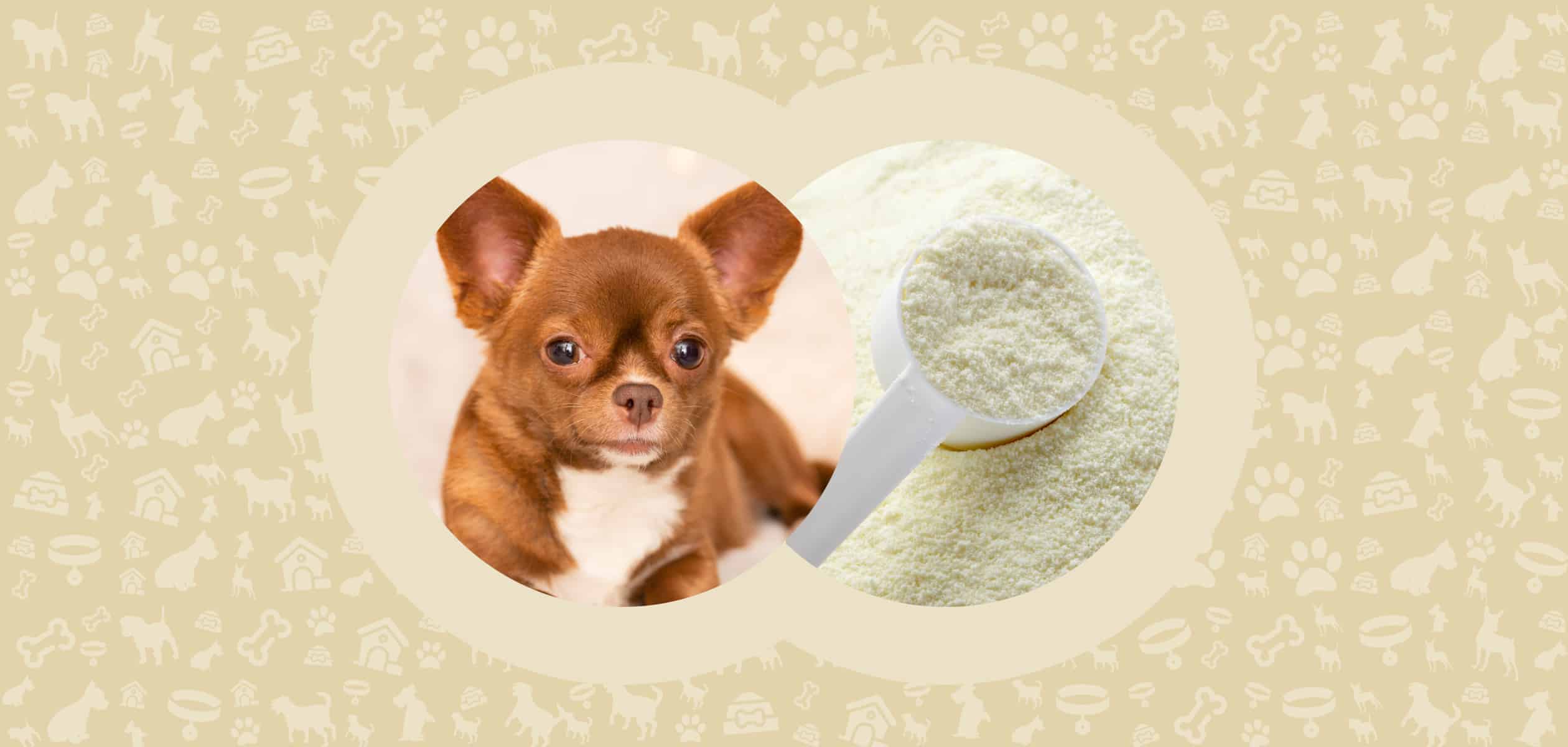

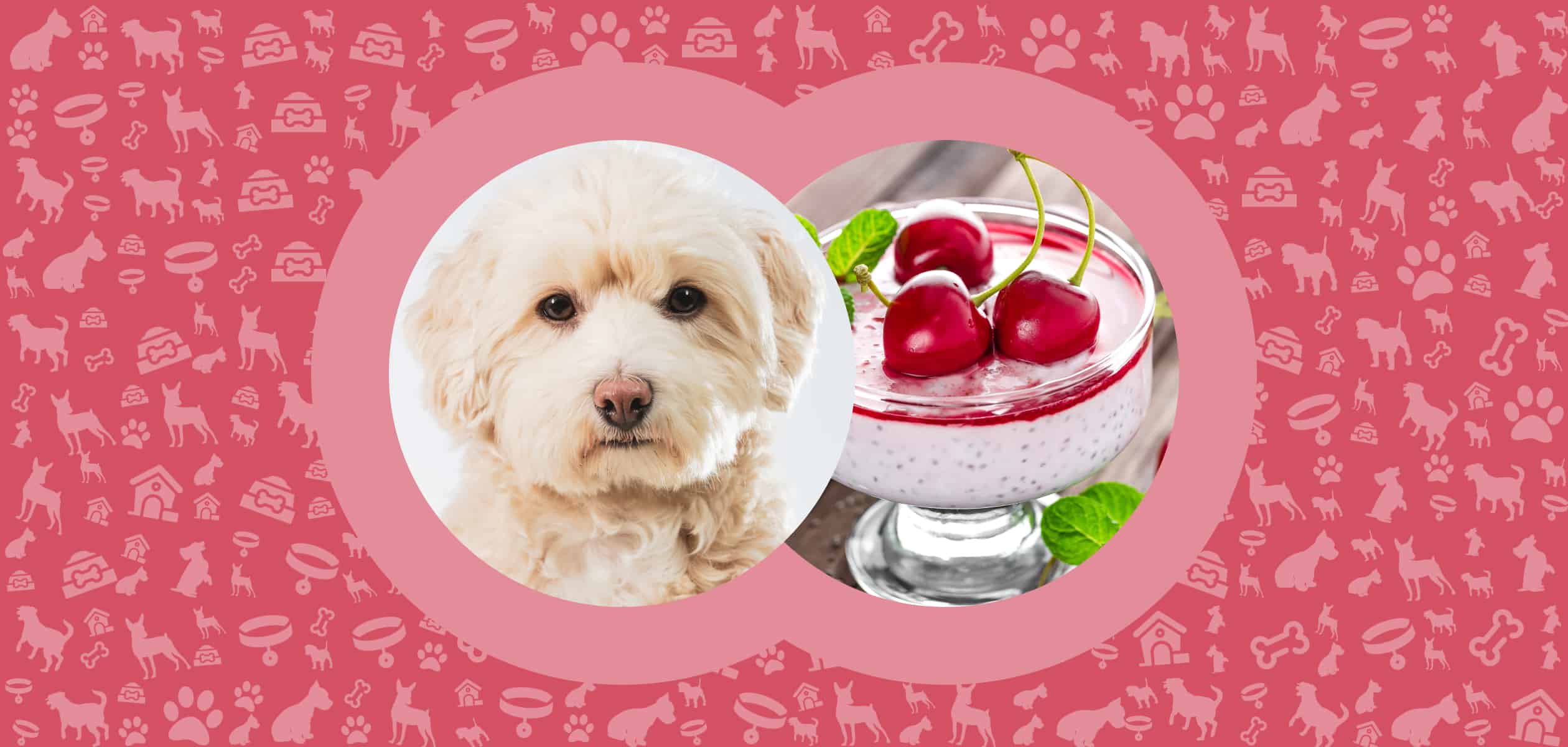
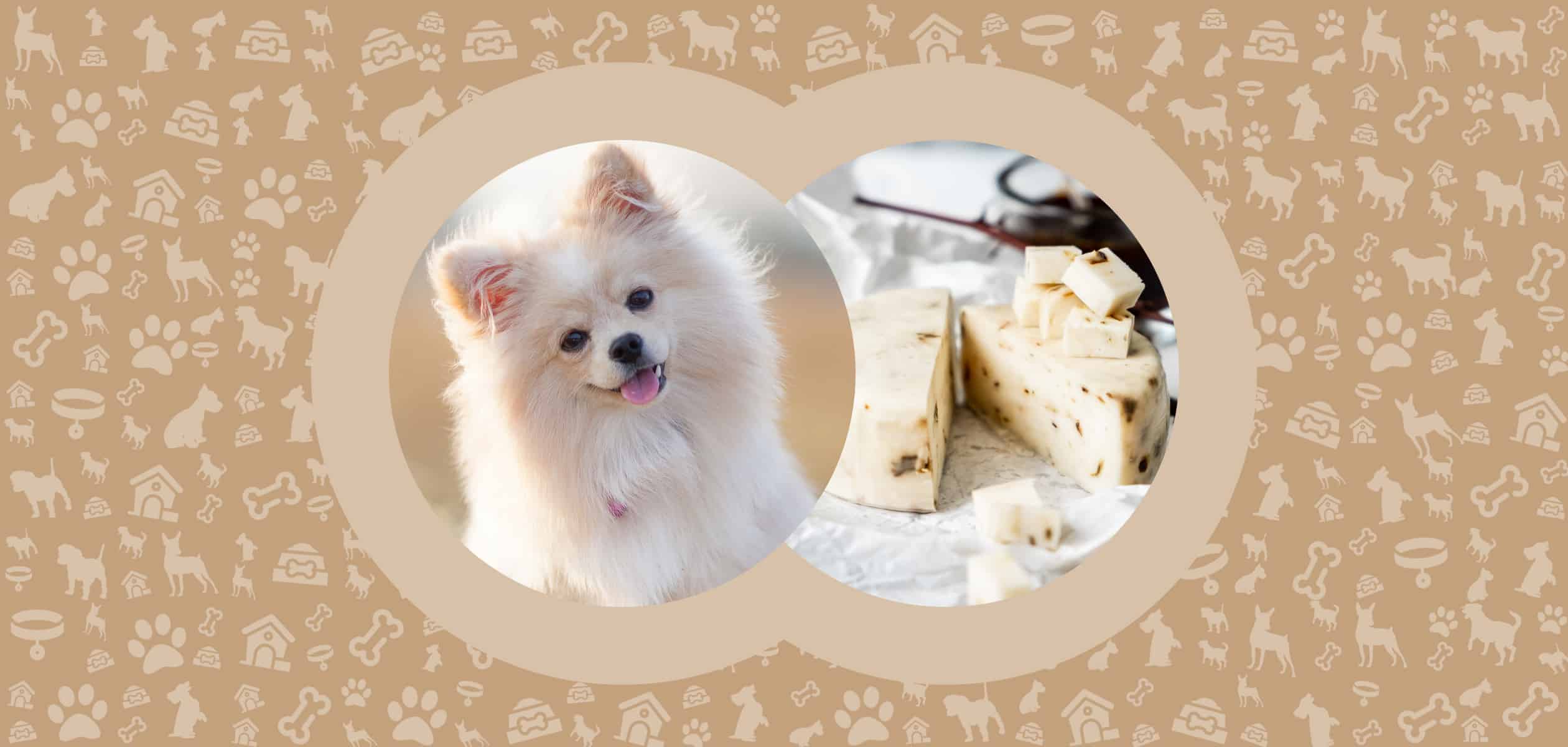
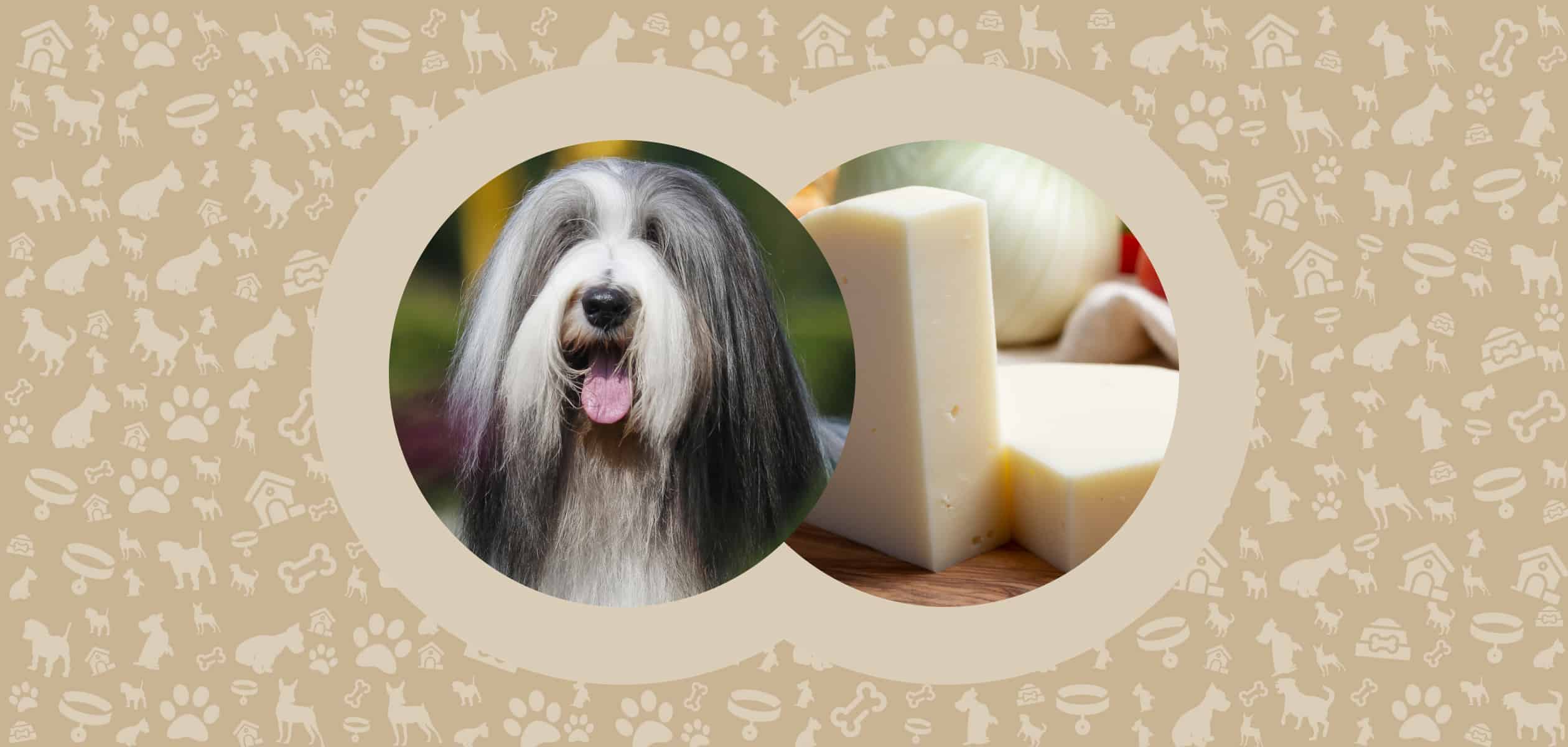

Leave a Comment